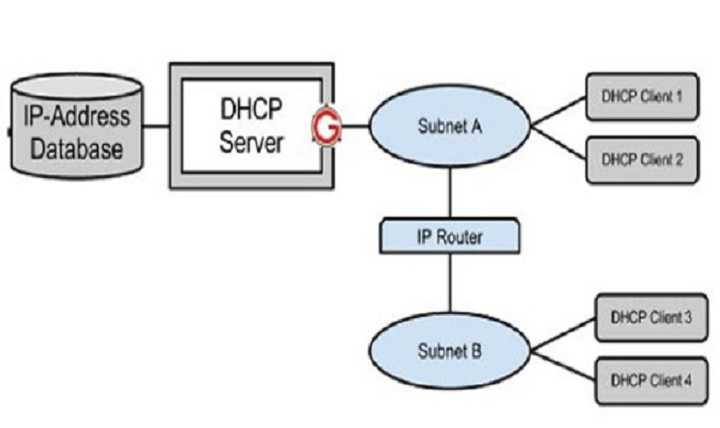What is DHCP and How It Works?
DHCP stands for Dynamic Host Configuration Protocol.
This protocol is used to control the network configuration of a host via a remote server. DHCP is a very popular protocol and is used by many people because it is able to reduce time-consuming compared to having to use manual configuration methods, maybe you can imagine without DHCP on a large-scale network, the network administrator must configure the network one by one on each host. .
DHCP uses UDP ports 67 and 68. Where UDP port number 67 is the destination port of the server and UDP port number 68 is used by the client.
How it works?
Why we should know how DHCP works? Simple answer, by understading the concept of DHCP it will help you to troubleshoot. In our daily activity, sometimes we/user don’t get IP from DHCP Server. If we already understand about DHCP, it will be easy for us to find the problem.
The DHCP working method is a client-server model, meaning that there is a server whose job it is to make assignments, control certain IP groups and then lease the IP to the client, namely the host.
The sequence of information exchange processes in DHCP is known as DORA.
• Discover
• Offer
• Request
• Acknowledge
DHCP Discover - A process whereby clients broadcast to their network (local subnet) to find a DHCP server. Broadcast messages are carried out using the IP Address 255.255.255.255 as the destination IP Address and the source IP Address is 0.0.0.0.
DHCP Offer - Is a response message from DHCP discover made by the DHCP server to the client. The DHCP offer is a process by which the DHCP server sends a unicast "offer", which is an IP address to the host / client. If we dissect the packet sent in this DHCP offer, it will be seen that this packet contains the network configuration settings for the host sending the DHCP Discover message.
DHCP Request - Is a message that is a response from the DHCP discover made by the DHCP server to the client. The DHCP offer is a process by which the DHCP server sends a unicast "offering", which is an IP address to the host / client. If we dissect the packet sent in this DHCP offer, it will be seen that this packet contains the network configuration settings for the host sending the DHCP Discover message.
DHCP Acknowledge - Is a condition where the DHCP server sends a unicast message to the host / client. DHCP Acknowledge contains a statement from the DHCP server that at that time the client / host has authorization and authority to use the IP address that has been offered when the DHCP offer process on their network.
The process sequence above, DORA (Discover, Offering, Request, Acknowledge), is the default process sequence for how a host / client gets an IP address from a DHCP server on a network.
As additional knowledge, please note that there are several other messages in the DHCP protocol. This message will work in several conditions such as when the IP Address has been used by another host, and so on.
DHCP NAK (Negative Acknowledge) - This message is the opposite of the DHCP ACK message, usually a DHCP NAK message will be sent by the DHCP server when it is unable to fulfill the DHCP Request message sent by the host / client.
DHCP Decline - Message sent from the host / client to the DHCP server when the host / client knows that the given IP address has been used by another host / client.
DHCP Release - This message is sent by the host / client when they want to end or stop using the IP address lent by the DHCP Server.


 English
English